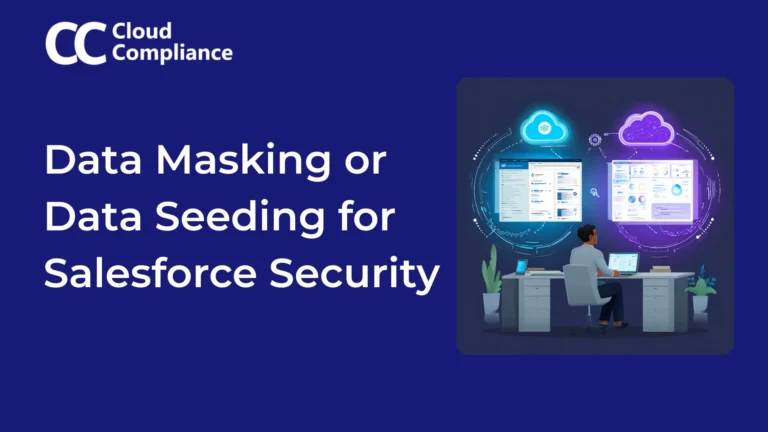
Data Masking vs Data Seeding in Salesforce: Which Approach Actually Protects Your Sensitive Data?
Data masking vs data seeding: Which approach keeps your Salesforce sandbox secure while enabling development teams?
Salesforce and Cloud Compliance, a four-minute read about what Salesforce does and how Cloud Compliance works with it.
Let’s start by knowing about our needs and the challenges of organizations. We all need products and services, meaningful experiences, and engaging with organizations on our terms.
These organizations can be for-profit companies, they may be nonprofits.
On the other side are organizations that are looking for the right prospects and customers appropriate for their offerings. Organizations are looking for folks who would be delighted by using their offerings and can serve as brand advocates.
The challenge between us as individuals and the organizations is that there exists a gap, a gap in our awareness of them and their awareness and understanding of our needs. Salesforce bridges, this gap. The business of Salesforce is to offer software products and services that help businesses improve their ability to sell to us, the customer and consumers, enable better ways of servicing so that our experiences are great. Market to us appropriately so that we are aware of their products and services and use more of them. Assist with and enable e-commerce, allow better engagement at scale, so that they can connect with us through social media, emails, all kinds of other channels.
And offer a platform, an ecosystem of Salesforce’s offerings, its partners, system integration provider, product ISVs, AppExchange based things, so that all of these can help businesses accelerate their ability to connect and serve their constituents and customers. All of this requires a lot of integration which Salesforce offers through MuleSoft and a number of other products.
It also requires a really good analytical capability to understand what businesses are doing that’s working, how effectively are they able to service their customers, and subsequently improve the value of their business in the world. Salesforce also offers industry-specific solutions to address all of these.
And in addition, Salesforce communities allow a deeper engagement and collaboration with customers, partners, employees, and others. Finally, Salesforce Trailhead allows enablement so employees can learn, a company can train their people, make sure that they are well-versed with newer technologies.
They are able to do a better job and improve their career. Trailhead has also done wonders for people who are entering the Salesforce ecosystem and finally Salesforce has other products that boost productivity. All of this constitutes Salesforce’s intelligent customer 360 platform.
But with the prolific rise of technology, there is a weaponization of digital outreach, and it is not a Salesforce-only problem. Across the board, a lot of companies have taken technologies around marketing, analytics, artificial intelligence, and others, and they have accelerated the use of those technologies to weaponize this digital outreach so that they can reach us with little regard for our personal space and our personal data.
And this violation, which used to be a nuisance has now gone beyond that. It has now become a data security challenge. In the last couple of years, we have seen the rise of GDPR for the European Union, CCPA in America, and a number of other regulations.
In 2021, we have seen China roll out its PIPL for privacy. Other countries have privacy laws and would shortly be released. What you’re seeing is a surge of regulators trying to safeguard and protect our information. The challenges for Salesforce customers are that there is a number of these guidelines that these laws provide that companies need to adhere to. So if you are dealing with European residents or California residents, you need to have automation or some other mechanism to ensure that you are doing Data minimization and Retention. You are making sure that data that is going into the sandbox is masked.
You are doing robust consent management to only send out emails and to market to people who are agreeing to be marketed to. You want to have privacy rights automation so that your organization can ensure that customers when they request their information or when they want the removal of their information, are able to do so.
The challenge with these regulations, especially for larger global enterprises, is that it requires a significant amount of thinking in terms of Salesforce and its internals, as well as of the processes that these data regulations bring.
This is where Cloud Compliance fits in. We operate in automating these privacy compliance efforts, along with three main areas.
We do foundational privacy by automating data privacy rights for GDPR, CCPA, and other regulations. We have a privacy center that runs on top of Salesforce’s community offering and can collect requests for Right to be forgotten and Portability. They can also integrate it with other common privacy apps, such as OneTrust or their homegrown ones.
The second area is around data security where we help ensure the protection of personal data from breaches. We help automate Data minimization and Retention within Salesforce. If you have the policy to keep ex-customer data for six years, Cloud Compliance would automatically delete or mask this information. We also do Sandbox data masking. When you have Salesforce sandboxes, real personal data is copied over pretty much as-is. We help mask it so the risk of someone getting into the sandbox and breaching personal data is reduced.
The third area is around permission-based marketing. We integrate consent and preference management capabilities with individual and consent objects to utilize Marketing Cloud, Pardot, Marketo, Eloqua, MailChimp, or other marketing technologies, so that they are respectful of customer’s preferences, and are only reaching out to people who want to be connected in that particular manner.
We help Salesforce customers by automating their privacy compliance efforts to meet compliance, data security, and marketing enablement requirements without reinventing the wheel.

Saurabh is an Enterprise Architect and seasoned entrepreneur spearheading a Salesforce security and AI startup with inventive contributions recognized by a patent.

Data masking vs data seeding: Which approach keeps your Salesforce sandbox secure while enabling development teams?

5 key steps to simplify and automate your Salesforce org’s RTBF and data portability requests.

A plain English guide to the latest additions in the California Privacy Rights Act (CPRA) and their implications for Salesforce orgs.

Get a clear understanding of the GDPR’s impact on Salesforce and explores the benefits of automating RTBF and Data Portability.
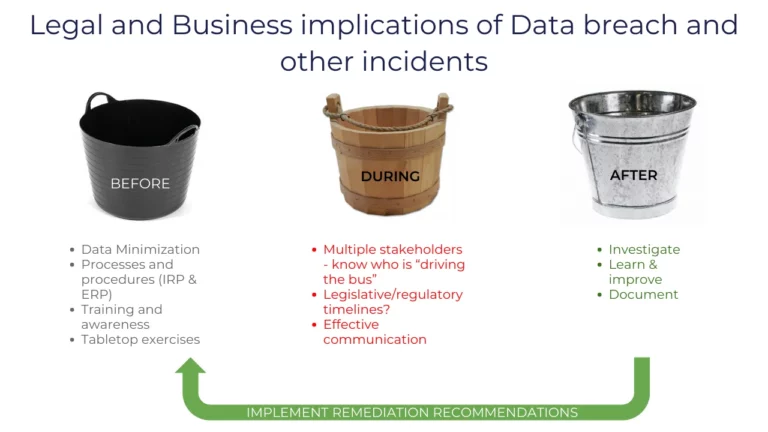
Because in the realm of data security, especially concerning Salesforce, understanding the holistic approach to data protection is not just beneficial – it’s essential.

Explores how data masking is key to strengthening your Salesforce security.
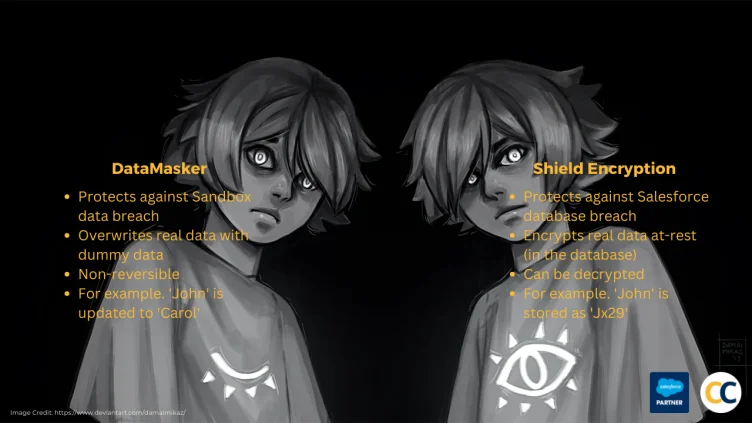
Table of Contents Salesforce provides businesses with the ability to protect their data from unauthorized access, both through Salesforce Shield Encryption and Sandbox Data Masking with DataMasker.

Why should you read this? Data Privacy laws such as GDPR and CCPA bring in a new set of requirements around Consent for the
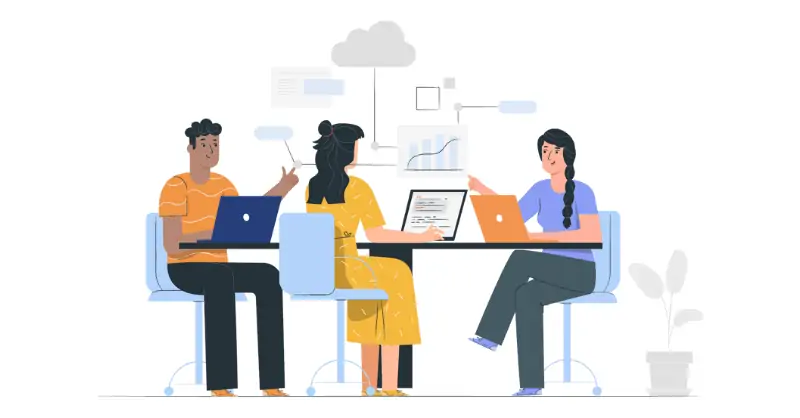
Disclaimer: To all readers, please note that this not legal advice, nor is this coming from Salesforce. This is strictly my personal opinion and perspective
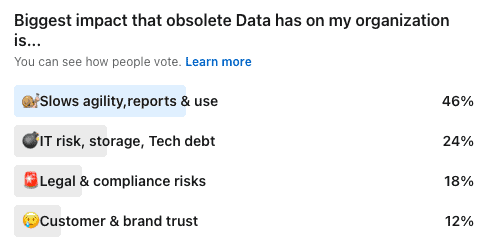
Marathon runners obsess over their socks and shoes – because to outdo their past performance, they need to take advantage of everything at their disposal.